Spain is home to hundreds of unique springs. The first balneological centers were built here 800 years ago during the Middle Ages for the health of clergy, nobility, and the royal family. Numerous church and scientific treatises of the time mention unique cases of people recovering from diseases considered incurable.
Centuries have passed, but the thermal resorts of Spain have not lost their unique qualities. Most of the healing springs in the country are located on the Mediterranean coast, where world-famous spa centers have been built.
These establishments use the miraculous water to treat various pathologies. Medical tourists and locals mainly visit the springs and water bodies to get rid of dermatological, cardiovascular, bronchopulmonary, and joint diseases, restore the full functioning of internal organs, and enhance the natural regeneration of the body’s soft and hard tissues.
La Garriga
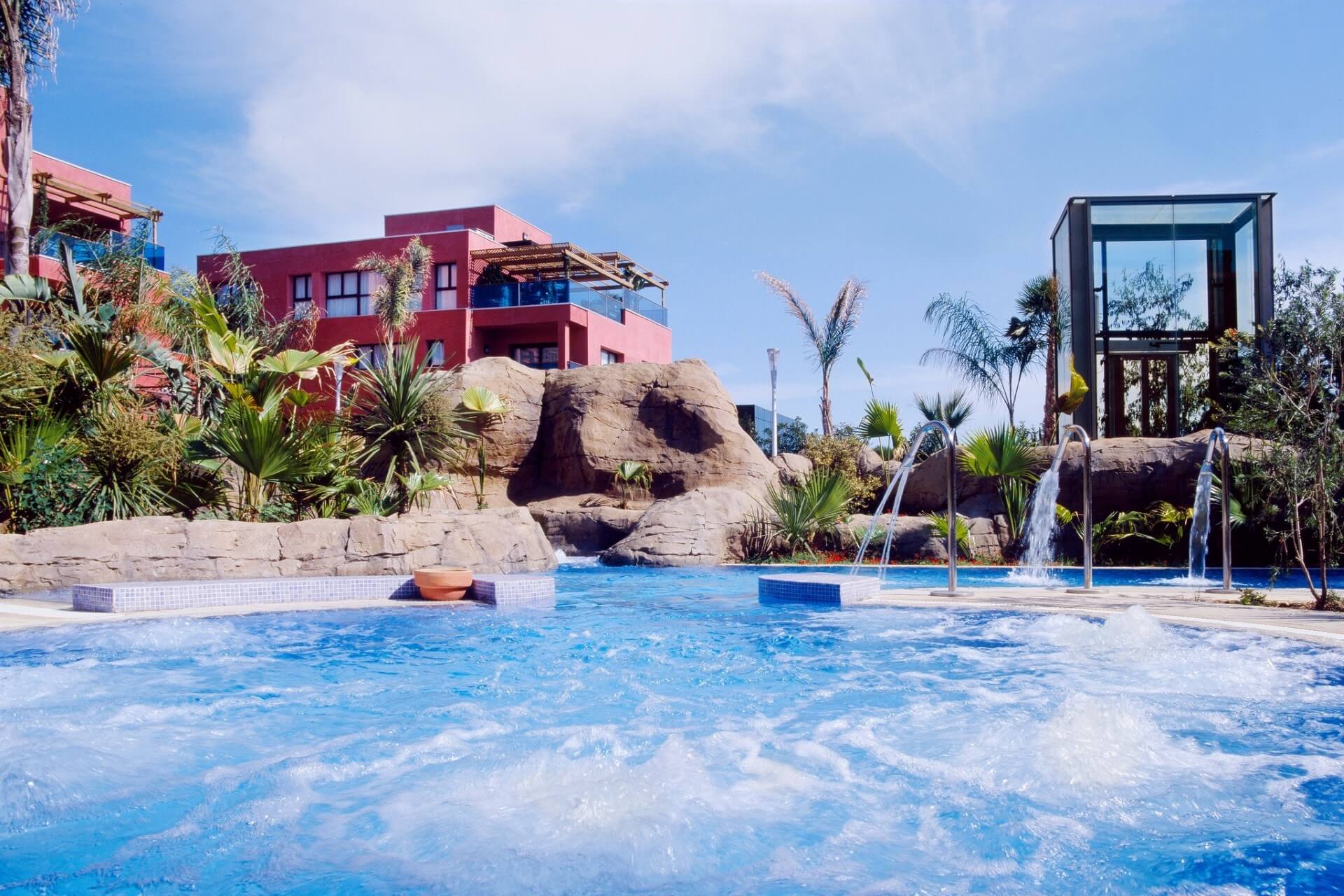
Located near Barcelona, La Garriga is part of the same province. This resort area is known for its unique historical monuments, mild comfortable climate, musical traditions, and environmentally friendly environment. The buildings of the healing centers built near the thermal springs hundreds of years ago are well-preserved here.
It was recently proven that even in ancient times, Roman nobility vacationed in the surroundings of modern Barcelona. It’s no surprise that the ancient philosophy of bathing procedures has been preserved in La Garriga for millennia. The water in this resort town is rich in various compounds of chlorine, silicon, sodium, and fluorides.
All its hot springs are of magmatic origin. They are excellent for rejuvenating the skin, treating CNS pathologies, musculoskeletal disorders, and gastrointestinal issues. The spring water positively affects the functioning of the circulatory system, heart and blood vessels, and metabolic processes in the body.
Archena
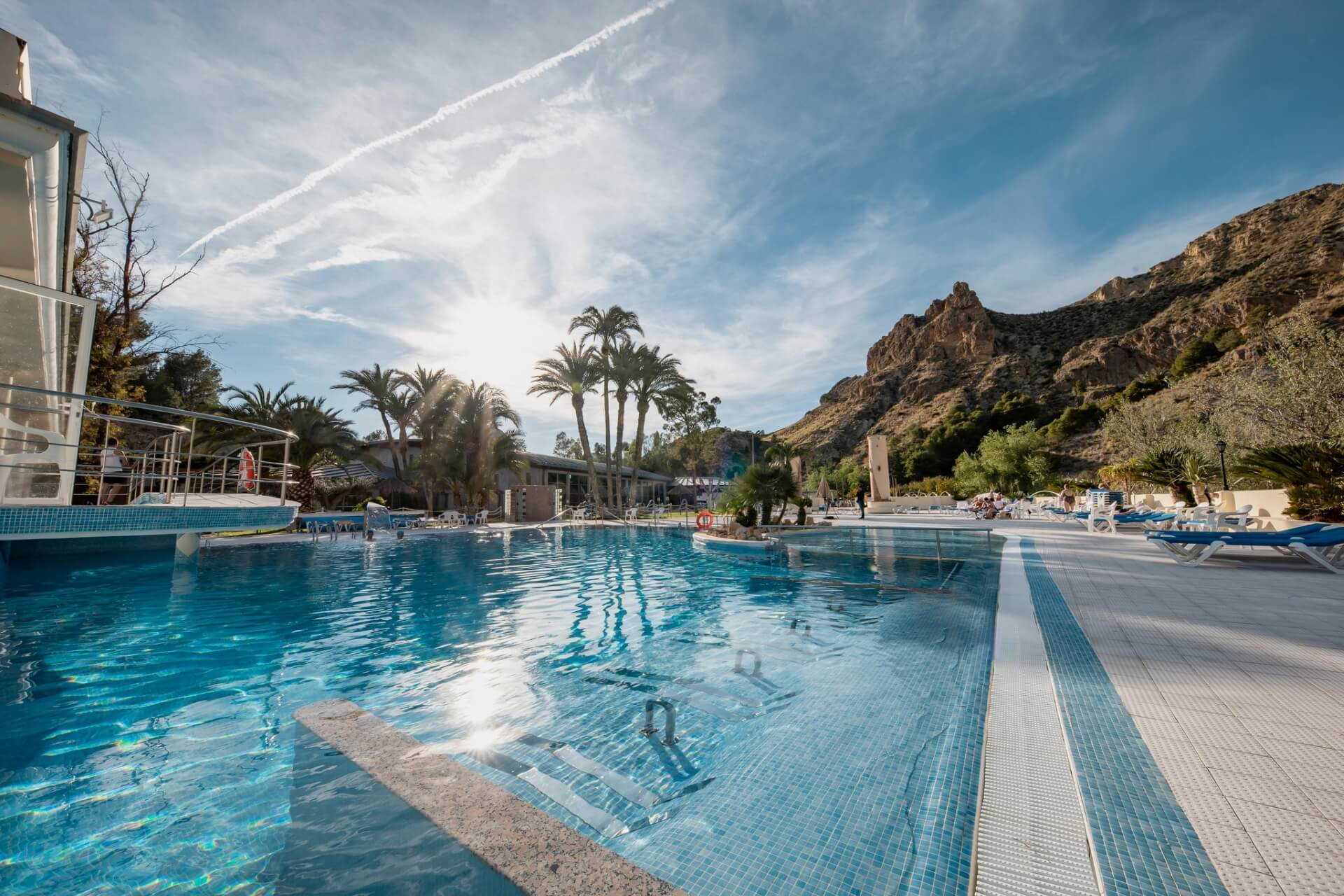
Located in the province of Murcia, the resort of Archena appeared on the country’s map just 200 years ago. However, even the ancient Iberians knew about the unique properties of the local water and treated CNS diseases, skin ailments, and strengthened the immune system here two millennia ago. Archena was situated on the trade caravan routes, and merchants spread the word about its water’s unique properties worldwide.
During Muslim rule, a special fortress was built here to protect the springs from enemies. Later, Christians (knights of one of the military orders) became the full owners of Archena. The healing springs of this place are remarkable because their age exceeds 15,000 years.
The simple rule is that the older the water bodies, the more beneficial substances and trace elements they contain. Today, Archena hosts several large, world-renowned balneological complexes.
These establishments help guests lose weight, alleviate chronic fatigue syndrome, and treat a range of gynecological and dermatological diseases using water-based health procedures. The local water, combined with fresh air, has a positive effect on the respiratory organs.
Caldes de Montbui
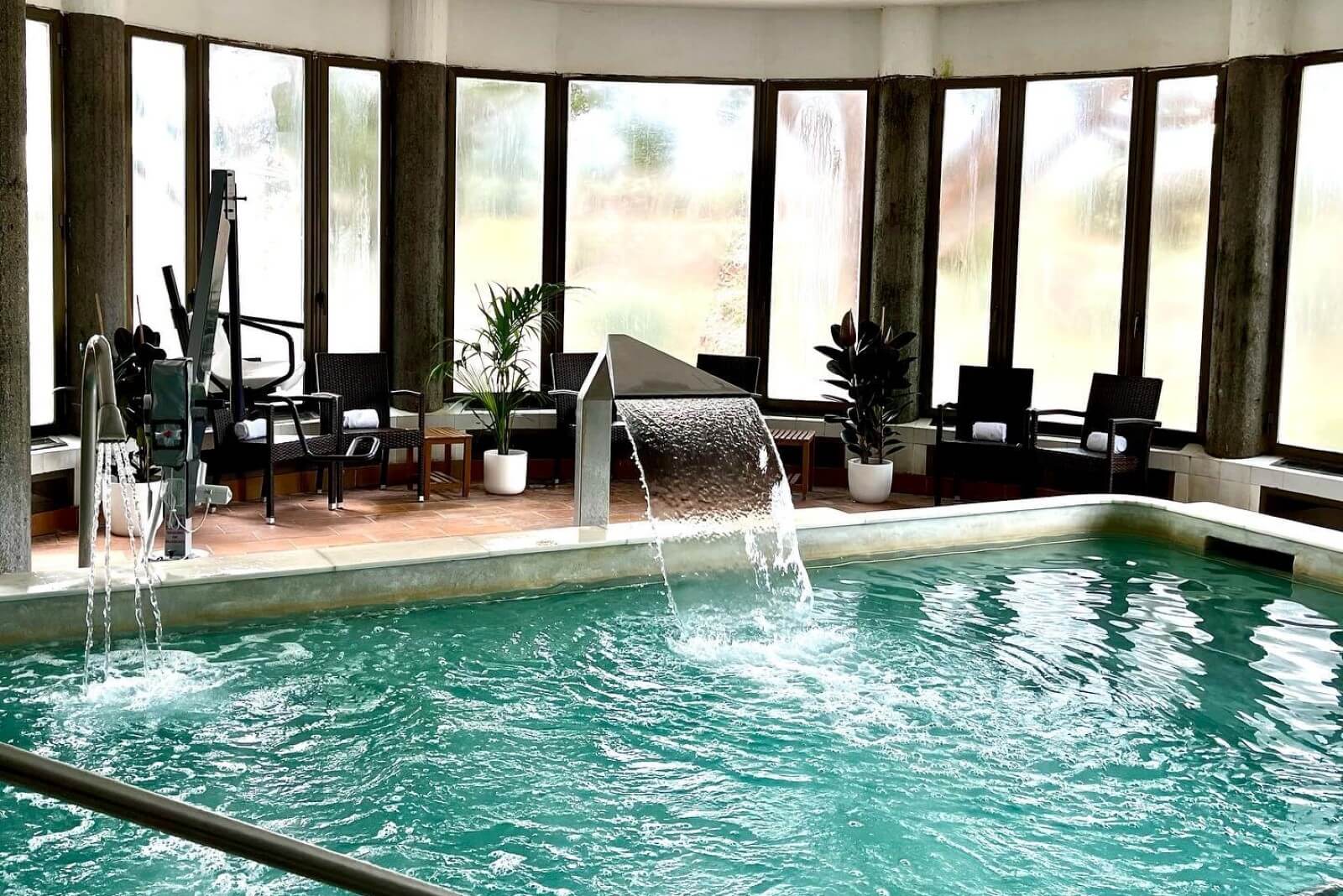
Another unique place near Barcelona, Caldes de Montbui has been known since Roman times. Notably, the local water was actively used for washing clothes in ancient times and the Middle Ages, not just to clean items but to protect people from diseases.
The local springs indeed have properties that kill harmful bacteria. One of Caldes de Montbui’s landmarks is a stone lion. The sculpture is located in the center of the resort town next to a thermal spring, for which a special bowl was built almost 500 years ago.
Both ancient and modern balneological health complexes here are constructed based on the design of ancient baths. The resort is popular among medical tourists who need to restore the full functioning of the musculoskeletal system, relieve pain symptoms, and treat joint and muscle pathologies.
Panticosa
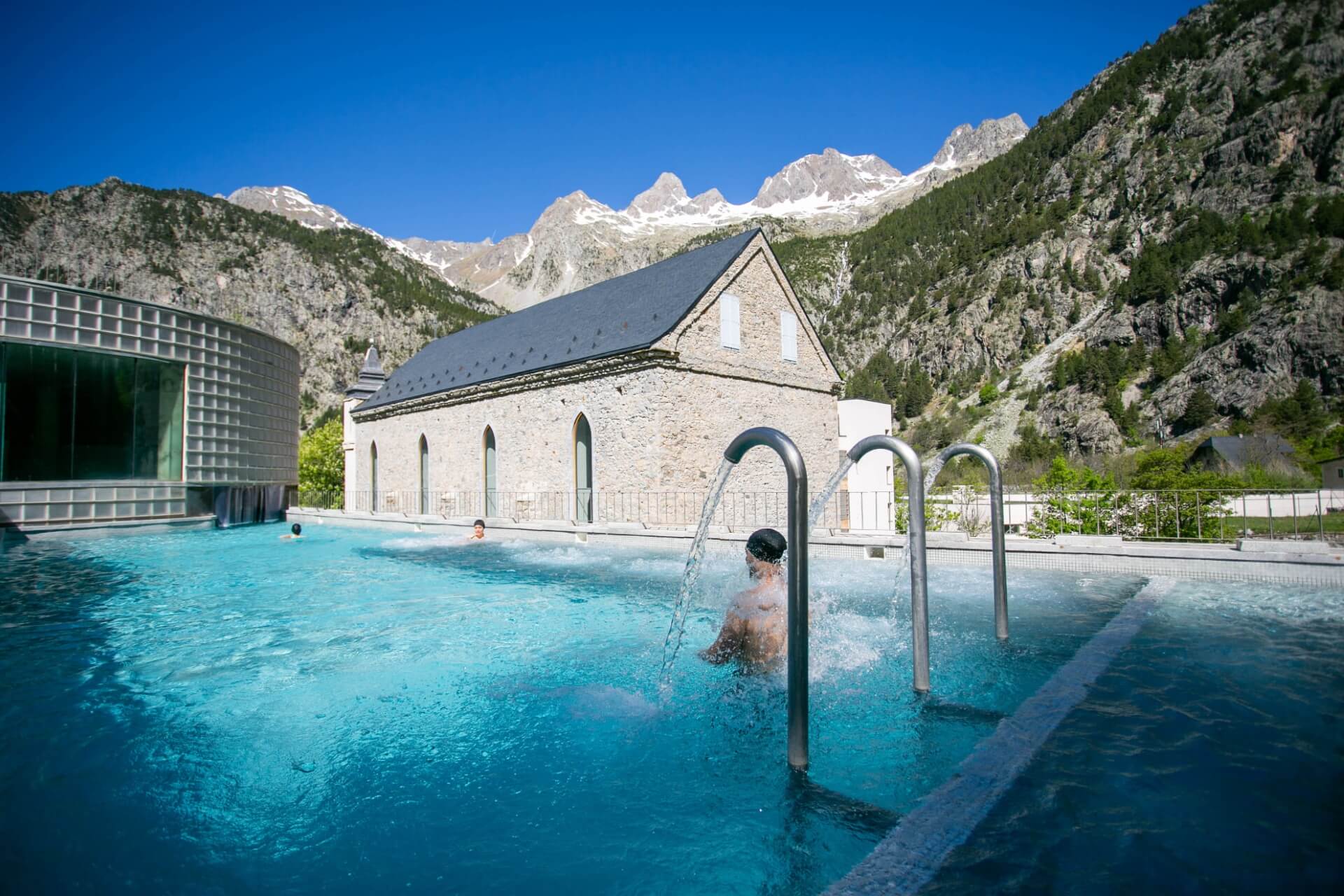
A very authentic place, Panticosa transformed from a small settlement known since ancient times into a giant resort divided into special sectors. There is a separate area for treating dermatological diseases, pools, including open and aromatic ones, saunas, baths, and places for sunbathing.
Panticosa is focused on providing VIP services. The resort is loved by athletes and active lifestyle enthusiasts. Nearby, there are ski slopes, a golf course, walking areas, and places for horse riding.
The resort is widely known for its comprehensive body wellness programs, innovative physiotherapy methods, pools with hot mineral water, and premium-level spa centers.
Alange
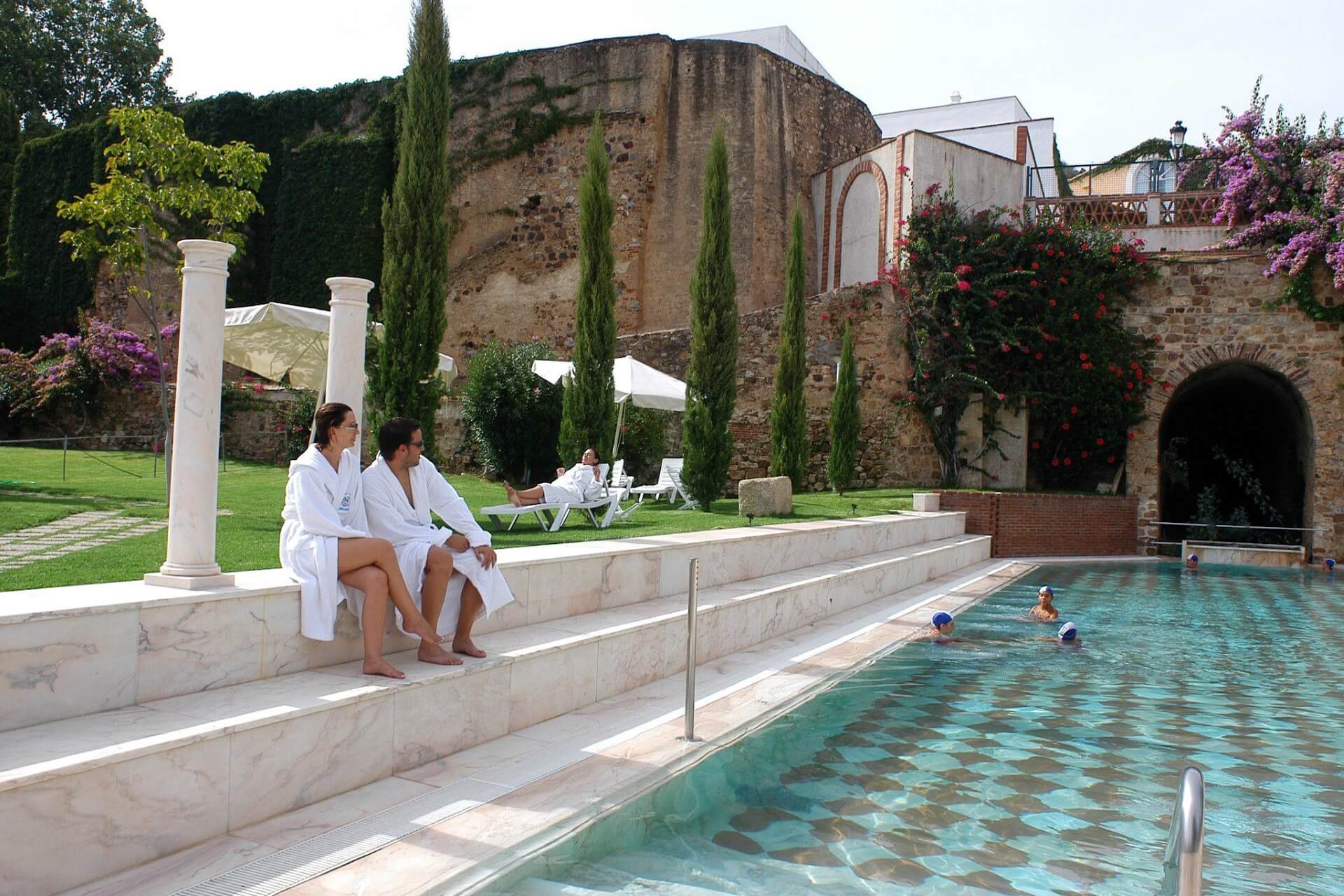
The resort area is located on the shore of the Alange Reservoir, known for its mesmerizing scenic views. The climate here is very mild, and the air is clean and healing. The municipality of Alange is more famous among tourists as the location of the ancient castle of the same name.
The preserved huge brick tower reminds us that it was a grand, powerful defensive structure. In the Middle Ages, knights came here specifically to heal battle wounds. Today, local residents, entrepreneurs, and investors have given new life to the ancient thermal baths.
In the ancient buildings, as they were thousands of years ago, there are huge pools with healing hot water. The water can cure various nervous, rheumatic diseases, respiratory and CNS disorders.
Caldes de Malavella
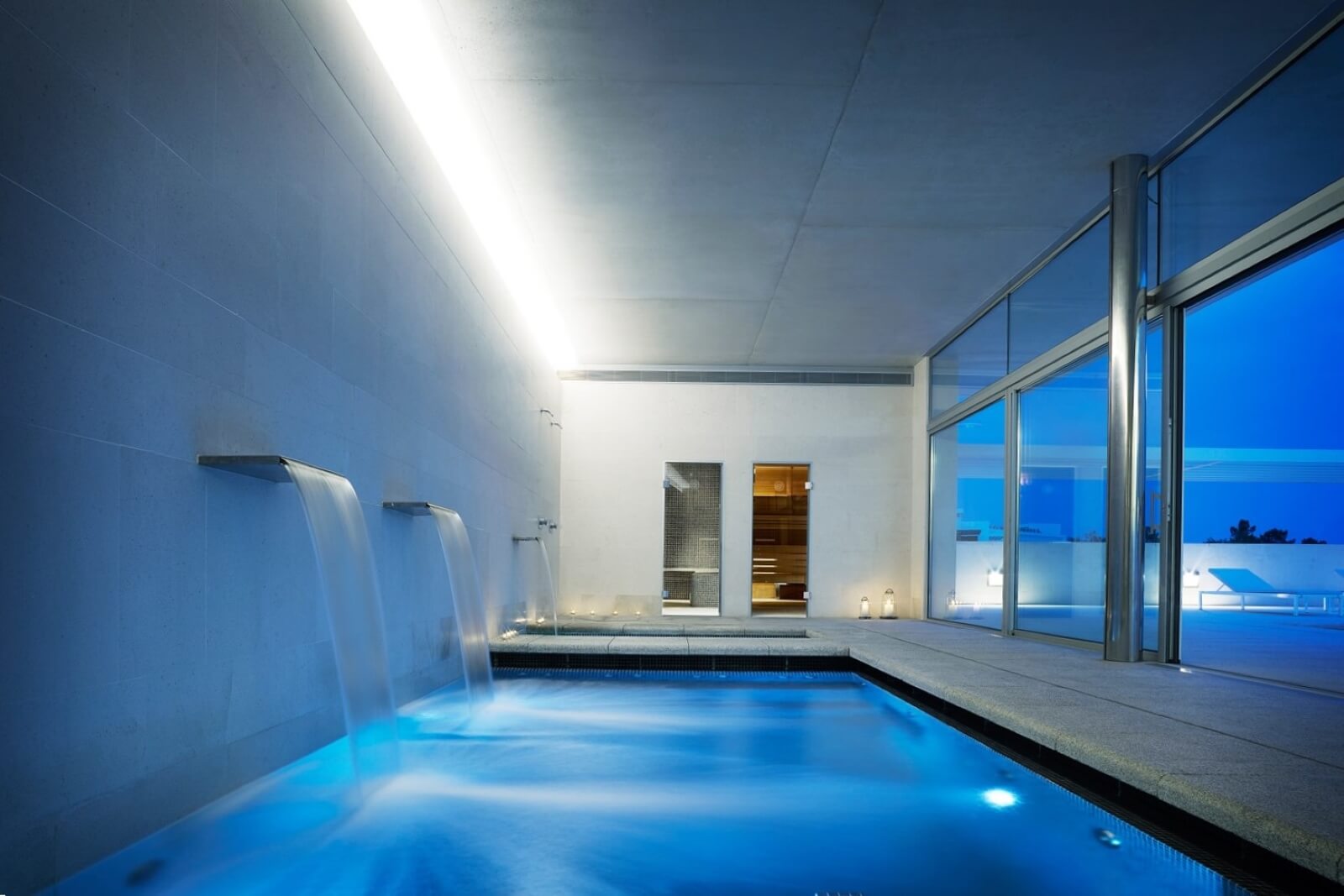
The Catalan town of Caldes de Malavella is famous worldwide for its numerous and diverse thermal springs. The ancient thermal baths are well-preserved and fully functional here. The local water can be used both internally and externally. The town is home to the largest enterprises in Spain for bottling healing mineral water.
The resort is also famous for its unique historical monuments, mainly thermal baths and pools. The water is rich in composition and is used to treat numerous ailments, serve as an antiseptic, and prevent colds, weakened immunity, chronic fatigue syndrome, migraine headaches, and more.
The resort offers a wide range of massage, cosmetic, inhalation procedures, aromatherapy, and various alternative medicine methods.
Montbrió del Camp
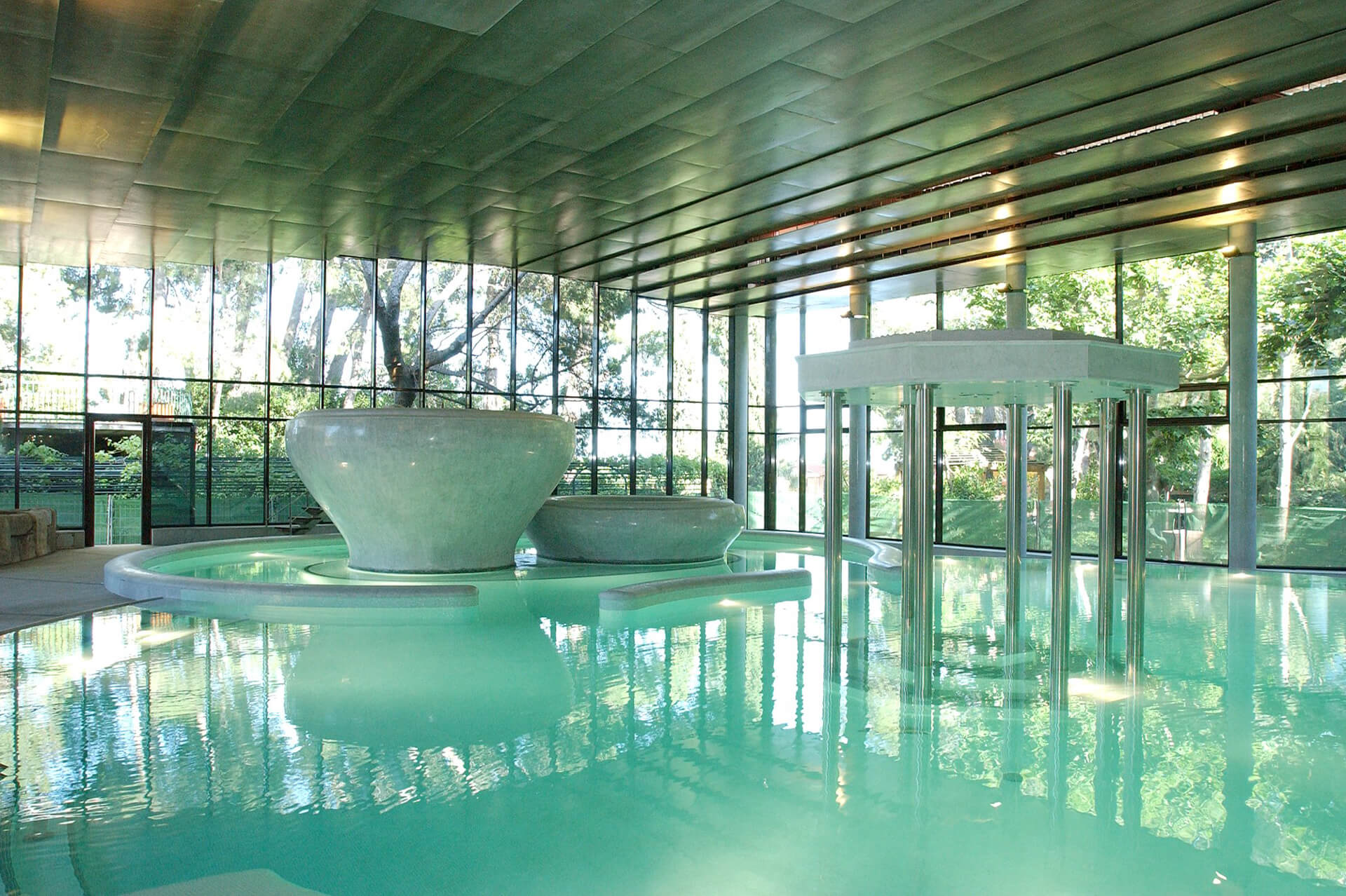
An amazing resort on the Catalan coast, Montbrió del Camp is quite far from the sea. Its unique architecture combines elements of ancient styles and pop-modernism. About 10 years ago, Montbrió del Camp was recognized as one of the best in Europe.
The resort is famous for its park with rare tropical plants, waterfalls, and exquisite small pools with hot water. All the baths are filled naturally.
The water temperature in the springs varies significantly, as does the composition. The local water contains magnesium, calcium, lithium, and other beneficial elements. Tourists mainly come to Montbrió del Camp to treat rheumatic, cold, and skin diseases, restore normal metabolism, and lose weight.
Ourense
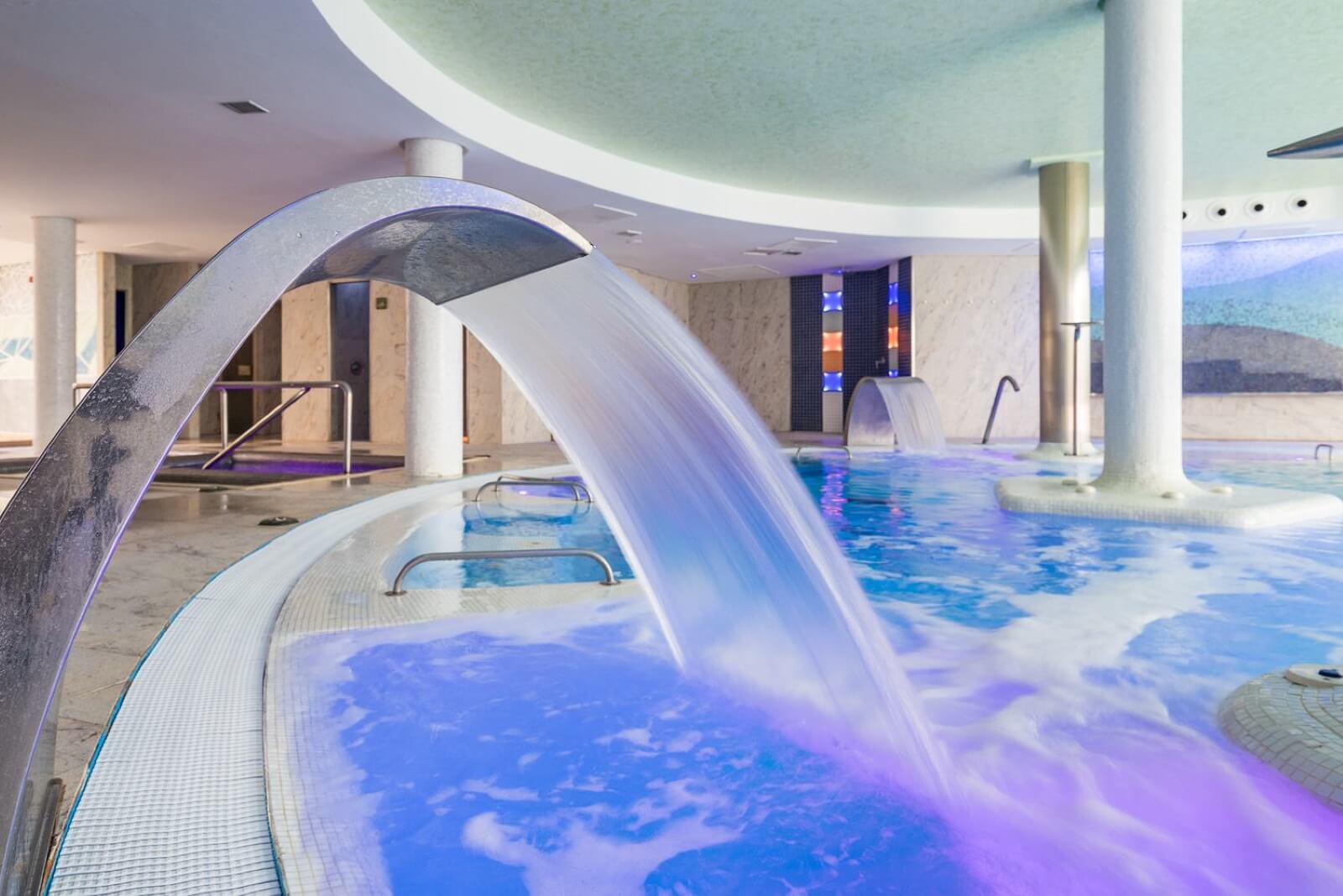
Ourense is a charming, cozy resort town in the Spanish province of the same name, where many old buildings, bridges, and defensive walls are preserved. Medical tourists traditionally come to Ourense to bathe in natural baths and restore skin health, gastrointestinal function, musculoskeletal system, joints, and relieve pain symptoms.
The main advantages of this resort are reasonably priced hotel rooms and the free use of well-equipped sports facilities. There are also VIP establishments offering premium service. Ourense’s water is known for its regenerative properties and is used to treat varicose ulcers, dermatitis, and acne.
Burgo de Osma-Ciudad de Osma
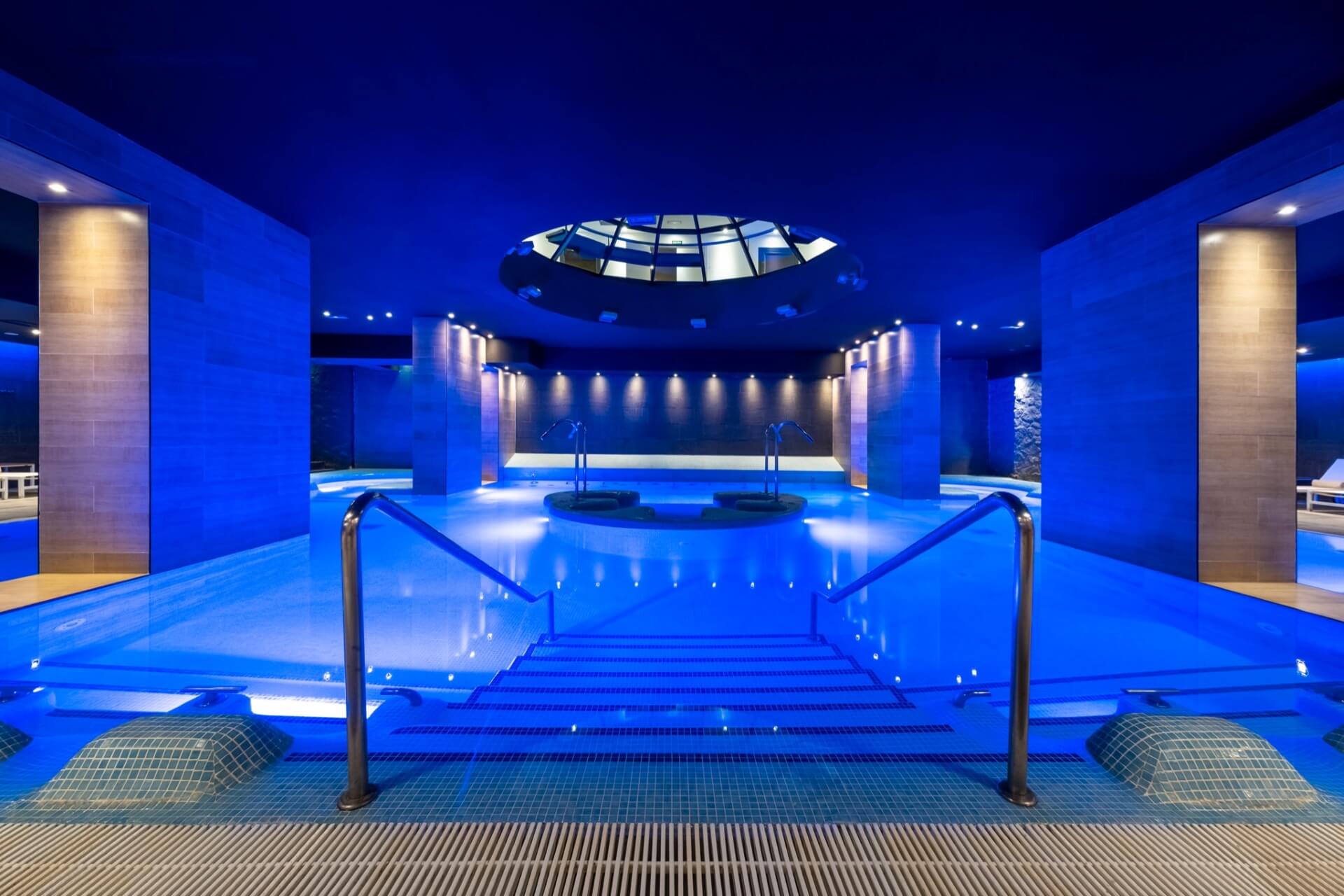
Another ancient resort town in Spain, Burgo de Osma-Ciudad de Osma, offers all the conditions for restoring health after physical, emotional, intellectual stress, and numerous stressors. The surroundings are very picturesque, and the air is exceptionally clean.
The pride of the town is a unique healing spring, which has been the subject of numerous scientific works. Burgo de Osma treats dermatological diseases, gastrointestinal pathologies, and musculoskeletal disorders. One of the resort’s landmarks is the building of the medieval university, now home to the Castilla Termal Burgo de Osma 4* hotel.
The hotel has a spa center with a central authentic courtyard that retains the spirit of antiquity. The hotel’s facilities include a sauna, baths, massage rooms, and a comfortable thermal area.
Montanejos
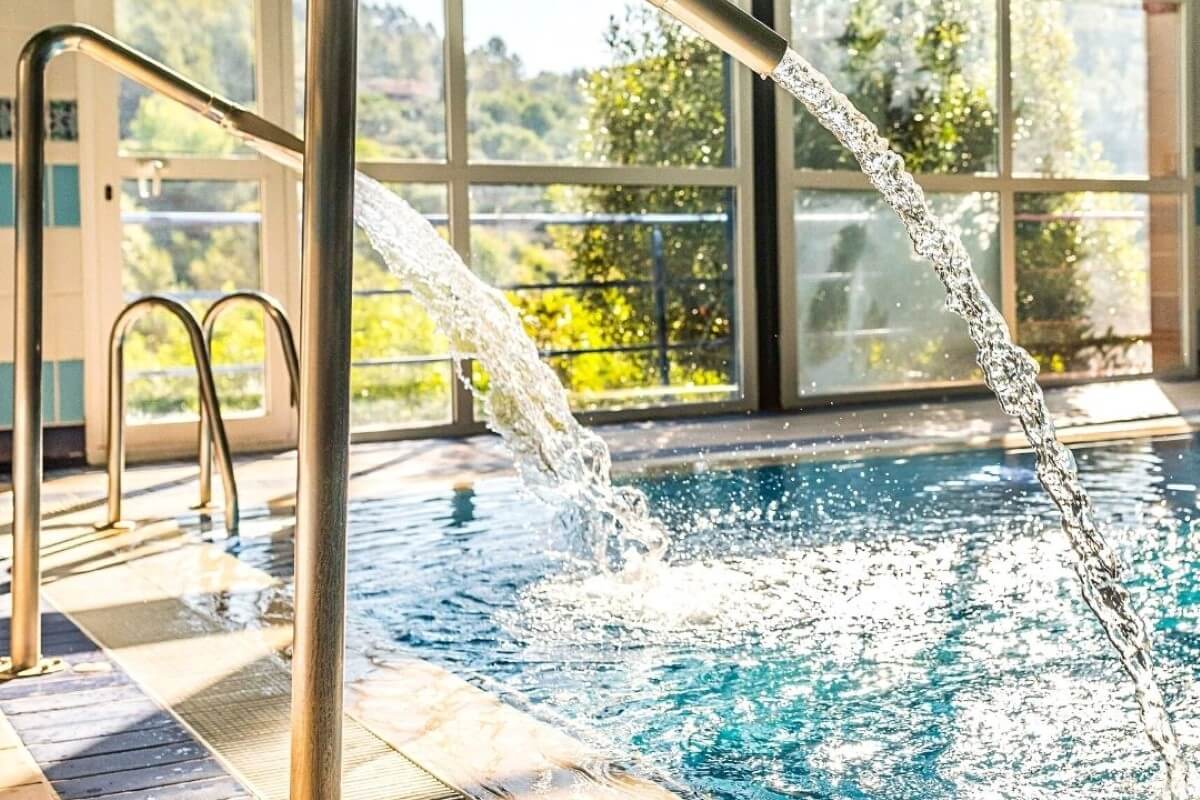
Valencia is often called the capital of beach vacations, but it is famous not only for its recreational areas. The city can be compared to a huge open-air museum. Here, you can easily combine treatment and wellness with shopping, visiting museums, famous festivals, and renowned concert venues.
The famous thermal spring of Montanejos is located about an hour’s drive from the city. The resort was built over 700 years ago during Moorish rule so that the king’s concubines could take healing baths and maintain their youth and beauty for a long time.
The ruins of the Moorish king’s palace and the nearby reservoir hold many secrets. Mystics consider Montanejos one of the places of power. The water from the thermal spring indeed accelerates skin cell regeneration, rejuvenates the body, and helps relieve stress. It is used to strengthen the immune system and treat joint and musculoskeletal disorders.
Arnedillo
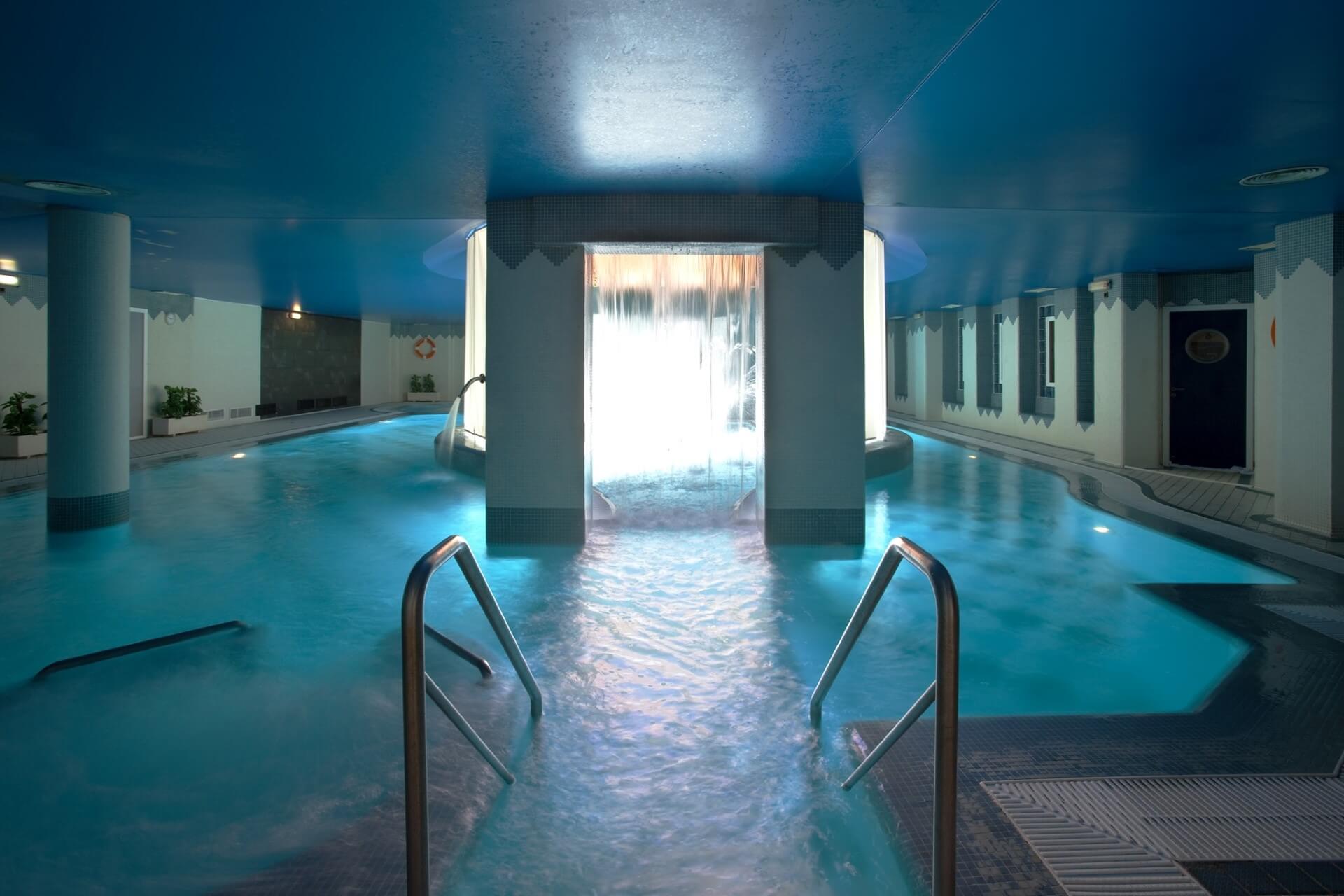
In the small village of Arnedillo, many ancient buildings, structures, and natural caves are well-preserved. In the warm season, the village is lush with greenery, and in winter, it resembles an old Christmas postcard. The water in some of its hot springs is as warm as fresh milk.
The village is under the patronage of Saint Andrew, whose prayers (as Catholics believe) bring healing from various ailments. One of the most popular establishments among tourists here is the Balneario de Arnedillo 4* hotel. The hotel is situated in a very picturesque location.
The hotel features 2 pools, a spa salon, a wellness center, a thermal park, and a healthy eating restaurant. Guests can enjoy mud treatments that, along with the healing thermal water, relieve chronic fatigue syndrome and pain symptoms, strengthen the immune system, improve tissue regeneration, and help eliminate insomnia and somatic diseases.
Best Time to Visit
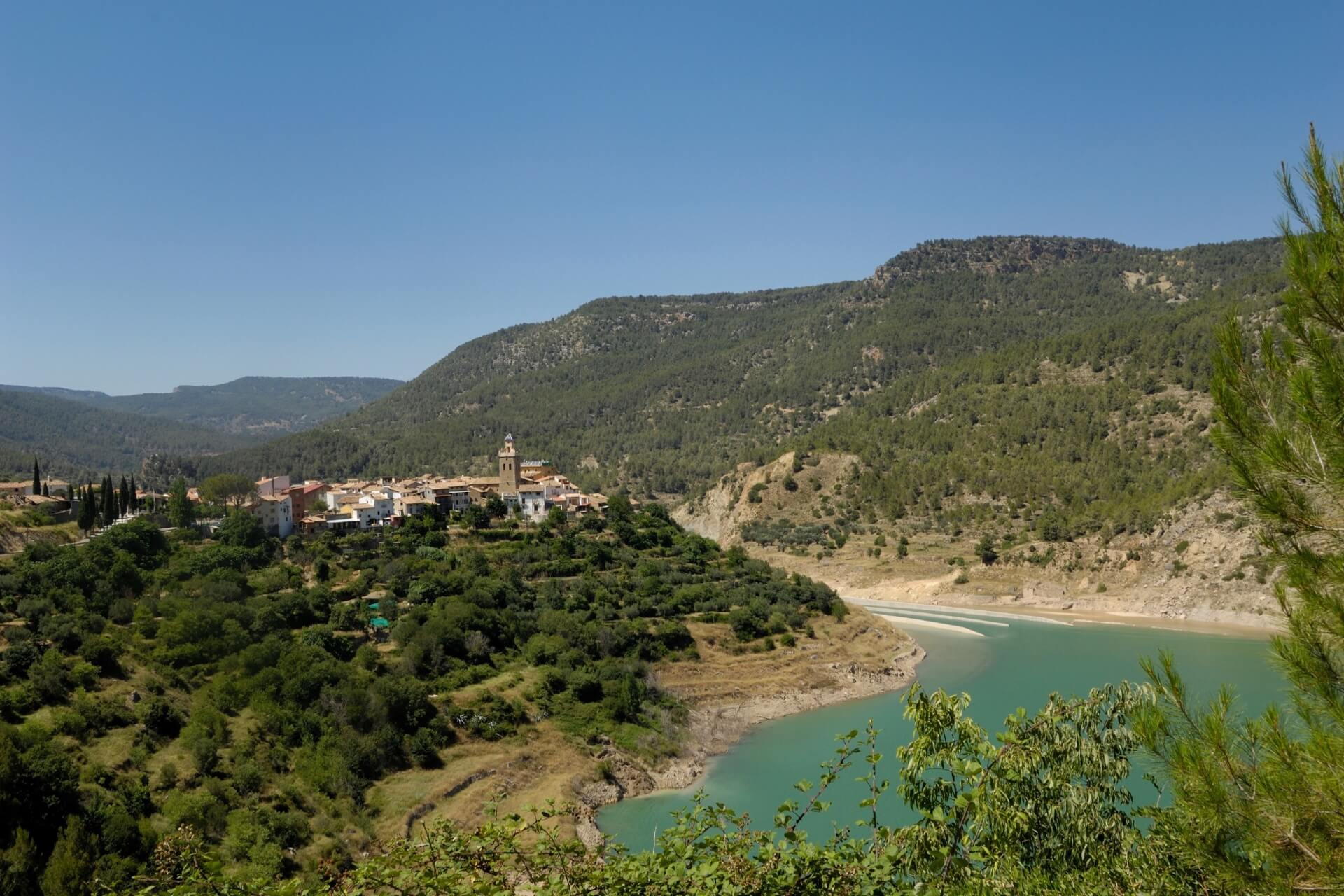
Thermal spas, medical centers, and wellness facilities are open year-round in Spain. Therefore, specialists recommend that travelers focus primarily on the purpose of their trip rather than their temperature preferences.
The most comfortable temperatures in resort areas are during spring and autumn (except November). During this time, there are no sharp temperature fluctuations. This is important for those who have difficulty acclimatizing and for those diagnosed with heart, respiratory, and joint diseases.
If you plan to combine beach holidays and thermal treatments, it is better to choose autumn rather than the hot summer. This advice is also relevant for ski sport enthusiasts. This category of travelers finds it easier to choose since the mountainous areas are dotted with healing springs, and late autumn and winter are the peak seasons for holidays.
If rain and cloudy skies don’t scare you, and you want to save on a medical tourist trip, the period from April to October is ideal. However, there is another important nuance: weather-sensitive people should choose the period from mid-July to the end of September when the rains won’t affect their well-being.
Which Resort to Choose for a Holiday with Children
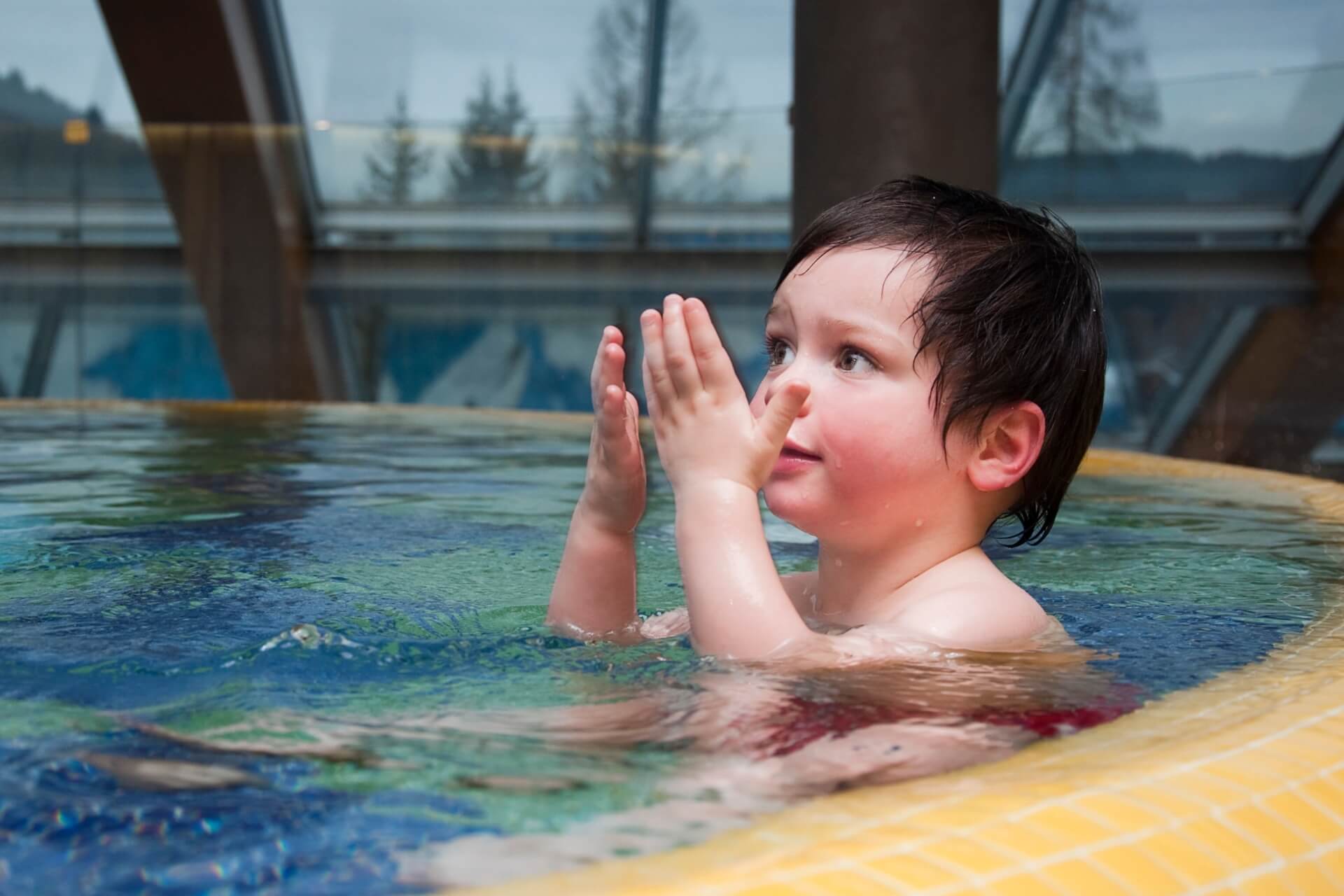
When deciding this question, consider the health groups of young travelers. For example, La Garriga has a very mild climate, making it excellent for the health of children with cardiovascular diseases.
However, if a child is diagnosed with CNS pathologies or chronic fatigue syndrome, this resort is not the best option. The influx of vacationers and the noise and hustle won’t aid the healing process.
For those on a modest budget, it may make sense to choose Caldes de Montbui. The prices for wellness procedures, hotel stays, and visits to children’s entertainment facilities are more democratic here. A holiday in Costa Brava will be more expensive, but it will be more interesting for the child.
Costa Brava is famous for its thermal springs and cultural events, from colorful carnivals to unique exhibitions and creative festivals. The only downside of Costa Brava is that it is more comfortable to holiday with children during a limited time (from June to October) when the air temperature is optimal for young travelers with different health groups.
Indications
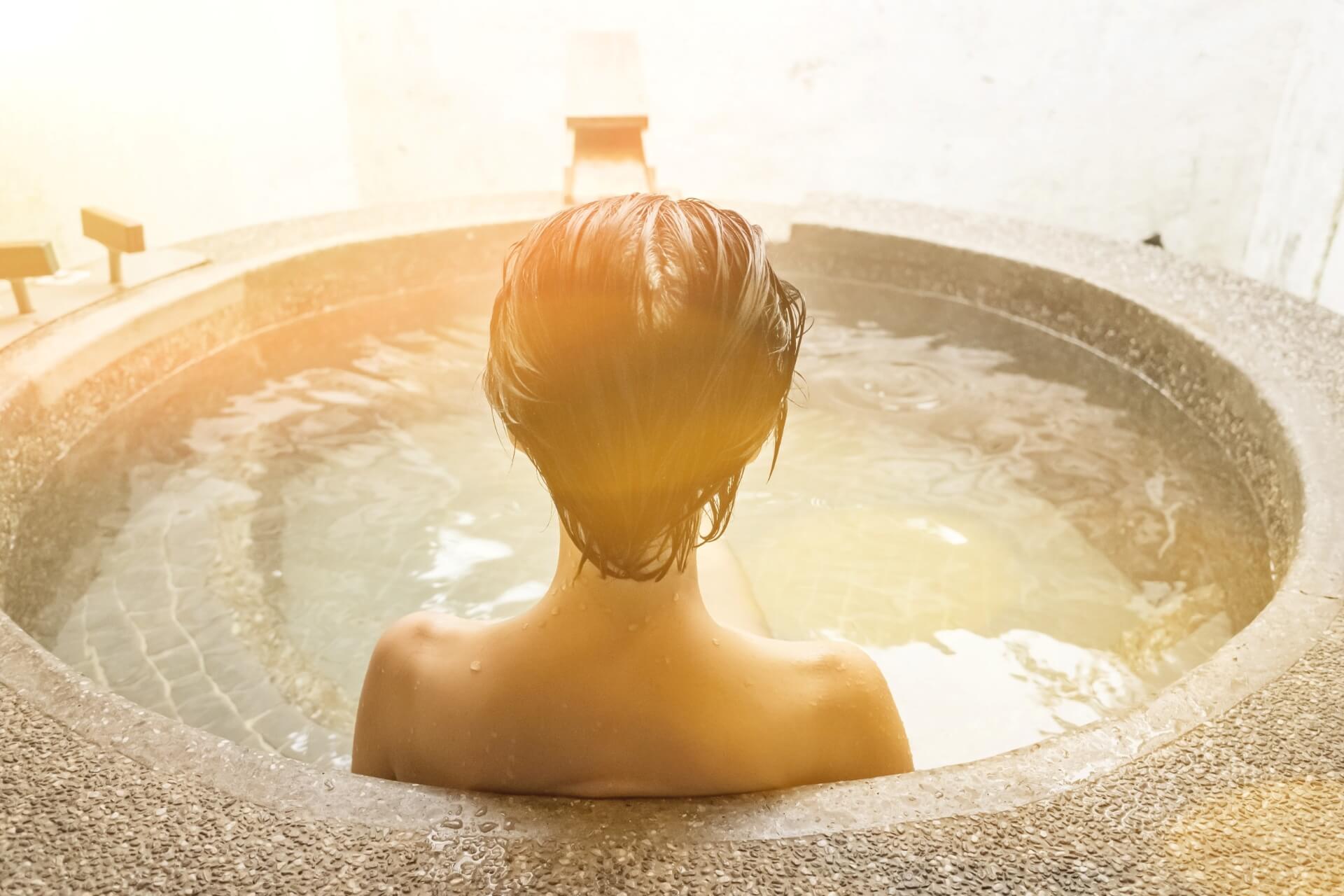
Almost all resort areas in Spain have springs where you can bathe year-round to prevent cardiovascular, skin diseases, musculoskeletal pathologies, and improve health and speed up tissue regeneration.
When choosing a vacation spot, consider age-related changes and individual health characteristics. For the health of elderly travelers, it is better to avoid resorts with high-temperature springs. Yes, in Caldes de Montbui, older Spaniards bathe in very hot water and feel great. However, they rarely suffer from high blood pressure, unlike many Russian-speaking tourists whose blood pressure is above normal.
There are no general indications for a holiday at Spanish thermal resorts. The lists of pathologies treated by the springs vary. In La Garriga, it makes sense to come for gastrointestinal treatments. Caldes de Montbui’s wellness establishments are known for their weight loss and chronic fatigue syndrome treatments.
For those looking to rejuvenate their skin, Costa Brava is the best choice. Doctors often recommend this resort to travelers to strengthen the immune system and prevent colds and viral diseases. Archena is considered one of the best places for treating infertility and urinary system pathologies. For oral diseases, doctors often recommend the Costa Dorada resort.
Contraindications
The main obstacles to balneological procedures are high blood pressure and epilepsy. Treatment and disease prevention courses should not be conducted during periods of exacerbation of diseases if a person has recently had a heart attack or stroke. The list of contraindications for balneological procedures includes conditions that may lead to cerebrovascular accidents or coronary insufficiency.
Spanish springs are excellent for treating many skin diseases, but procedures with hot water are contraindicated for weeping dermatitis, malignant skin neoplasms, and fungal diseases. The absolute contraindications also include tuberculosis, thrombophlebitis, thyrotoxicosis, and pregnancy (second and third trimesters).
Regarding angina: it is not an absolute contraindication. Procedures are prohibited only during periods of exacerbation of the syndrome.

